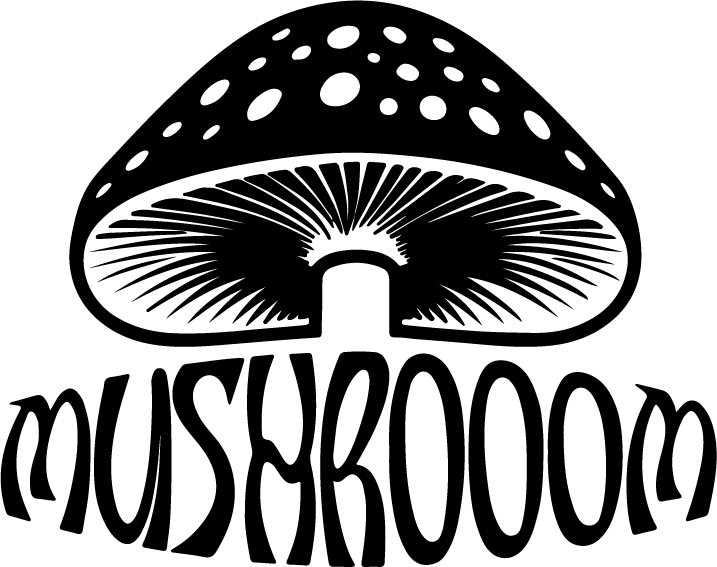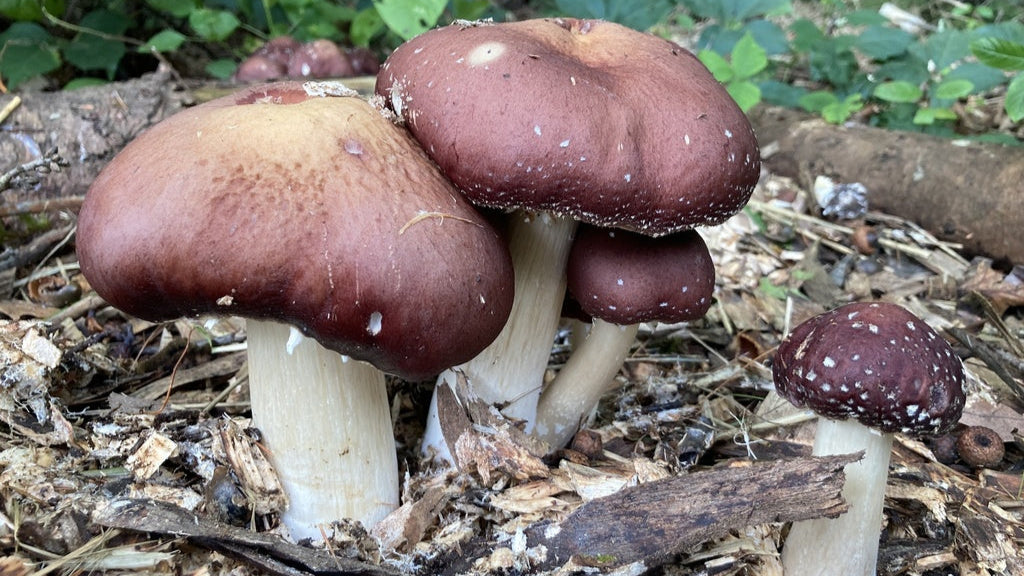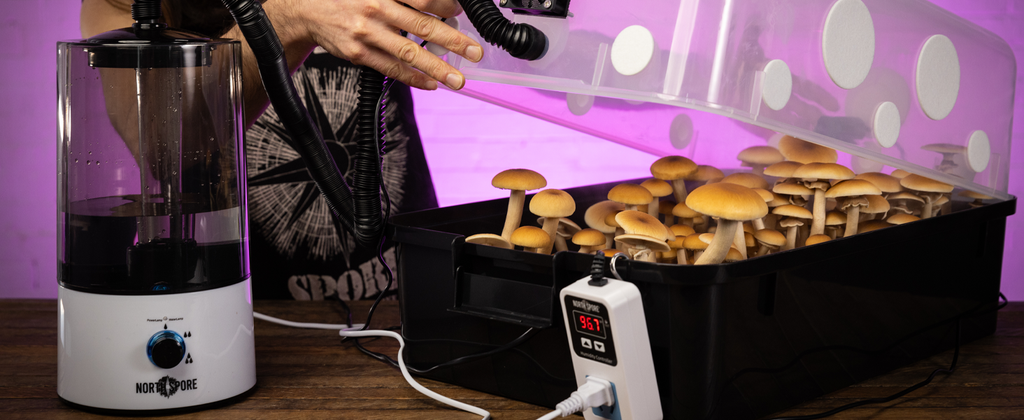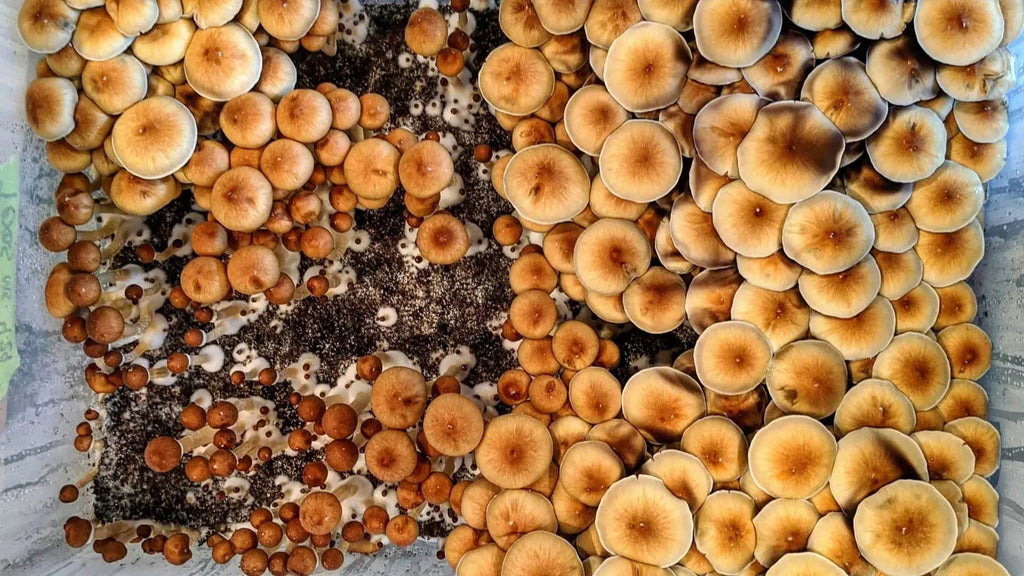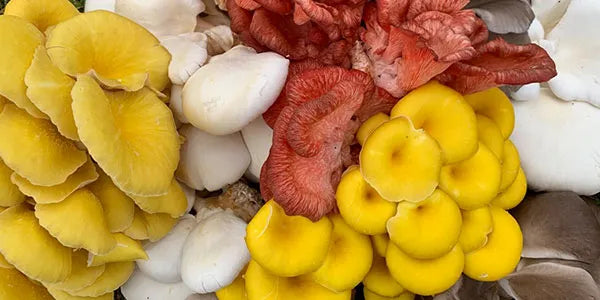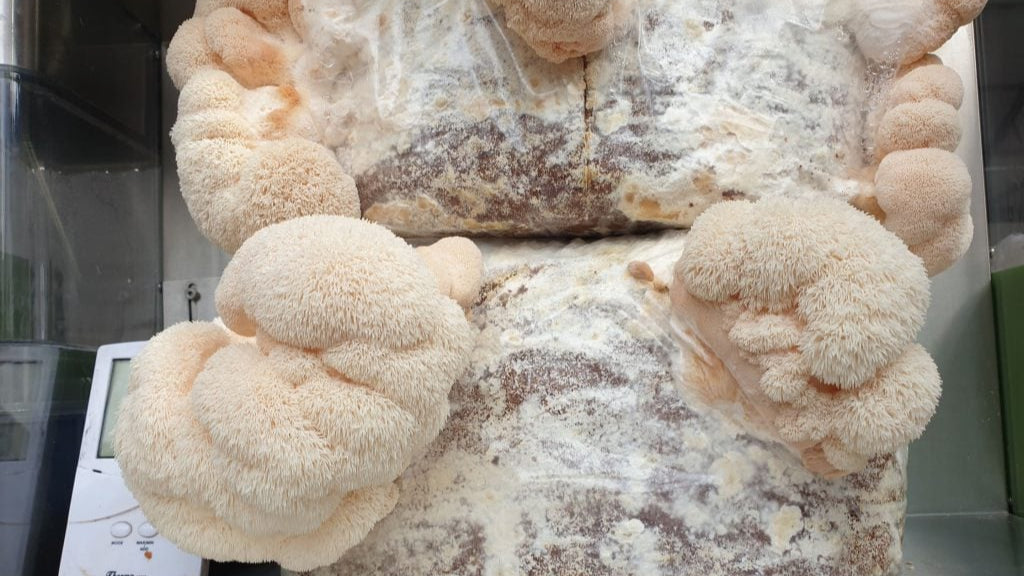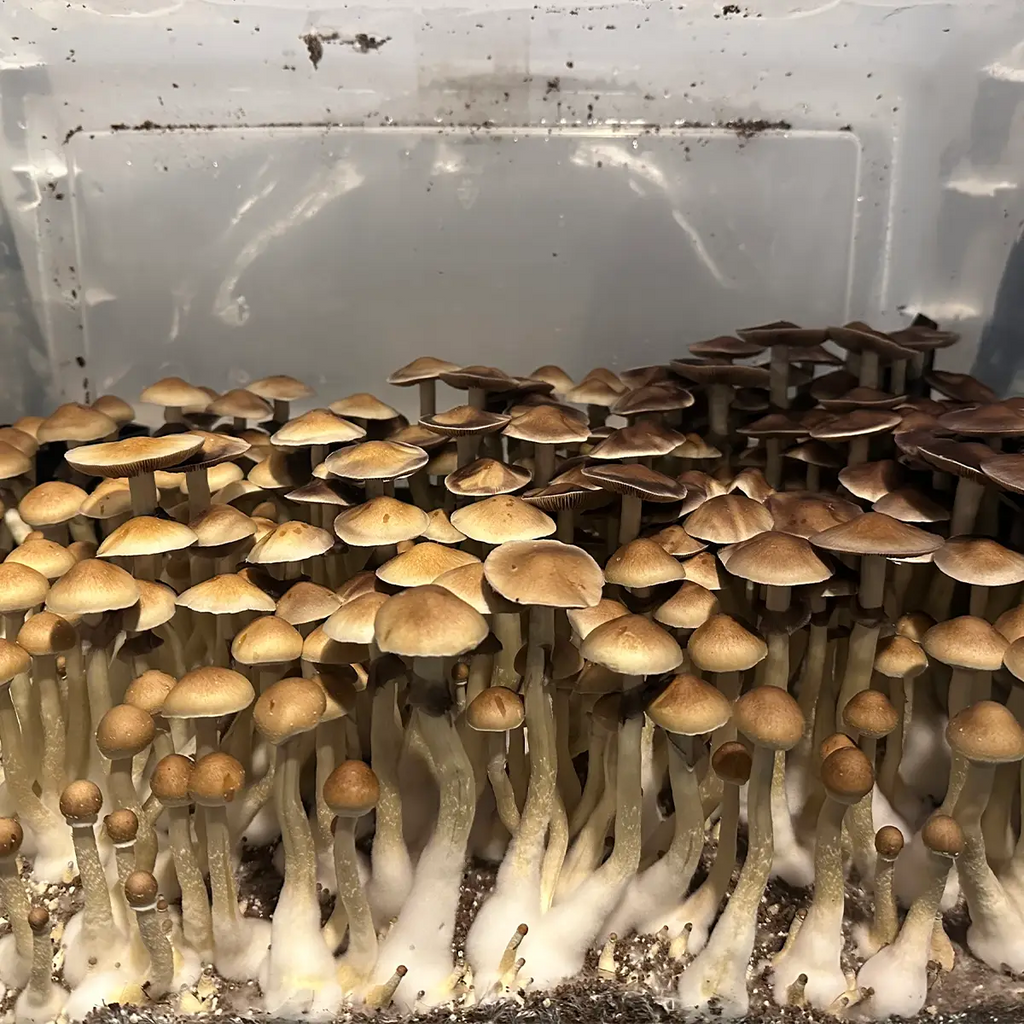
Blue Meanie Mushroom Spores

Blue Meanie Mushroom Spores have earned a strong reputation in the mycology community for their potency, beauty, and resilience. Known for their striking appearance and intense effects when cultivated (where legal), they remain a top choice for researchers, collectors, and enthusiasts alike. In this article, we’ll explore their background, biological attributes, and provide an honest review of their performance for microscopy and educational purposes.
Overview of Blue Meanie Mushroom Spores
The Blue Meanie is a variety of Psilocybe cubensis recognized for its vivid coloration and robust growth characteristics. Despite its playful name, it’s not to be underestimated—Blue Meanies are known for their higher-than-average potency compared to standard cubensis strains. Their distinct look and genetic vigor make them a staple among spore collectors.
Taxonomic Details:
Genus: Psilocybe
Species: Cubensis
Variety: Blue Meanie
Spores: Dark purplish-brown with subellipsoid shape on 4-spored basidia
Natural Habitat & Climate:
Blue Meanie mushrooms thrive in subtropical climates, with natural growth observed in nutrient-rich environments such as grains, bovine and equine dung, and enriched soils.
Physical Characteristics:
Cap: 50+ mm in diameter, transitioning from convex to broadly convex to flat at maturity. Color shifts from reddish cinnamon brown to golden brown, and finally to light yellow, often displaying persistent veil remnants in a spotted pattern. Flesh is white, bruising bluish-green upon damage.
Stem: 125+ mm in length, yellowish white, bruising bluish-green when injured. Features a prominent annulus that collects spore dust as the mushroom matures.
Gills: Adnate to adnexed attachment, starting gray and maturing to nearly black.
Review – Why Blue Meanie Spores Stand Out
From a microscopy and research perspective, Blue Meanie spores are consistently rated highly by hobbyists and professionals alike. Their dark purplish-brown spores display well under magnification, with clear visibility of the subellipsoid shapes, making them ideal for beginners learning spore identification and advanced researchers conducting comparative studies.
Key Advantages:
Genetic Vigor: Blue Meanie spores tend to demonstrate resilience and stability in controlled environments, making them dependable for study.
Aesthetic Appeal: The mature fruit bodies’ bluish-green bruising and spotted caps make them visually stunning, both in the field and in photographs
Educational Value: The species provides a great example of Psilocybe cubensis morphology, from veil remnants to gill color changes.
Final Thoughts
Blue Meanie Mushroom Spores combine striking visual traits with a robust genetic profile, making them a prime choice for collectors and spore microscopy enthusiasts. Their vivid colors, distinctive morphology, and stable spore prints ensure they stand out in any spore library.
If you’re looking for a reliable, visually impressive, and educational addition to your research collection, Blue Meanie spores are a worthy investment—just remember to keep your work within legal and ethical boundaries.
